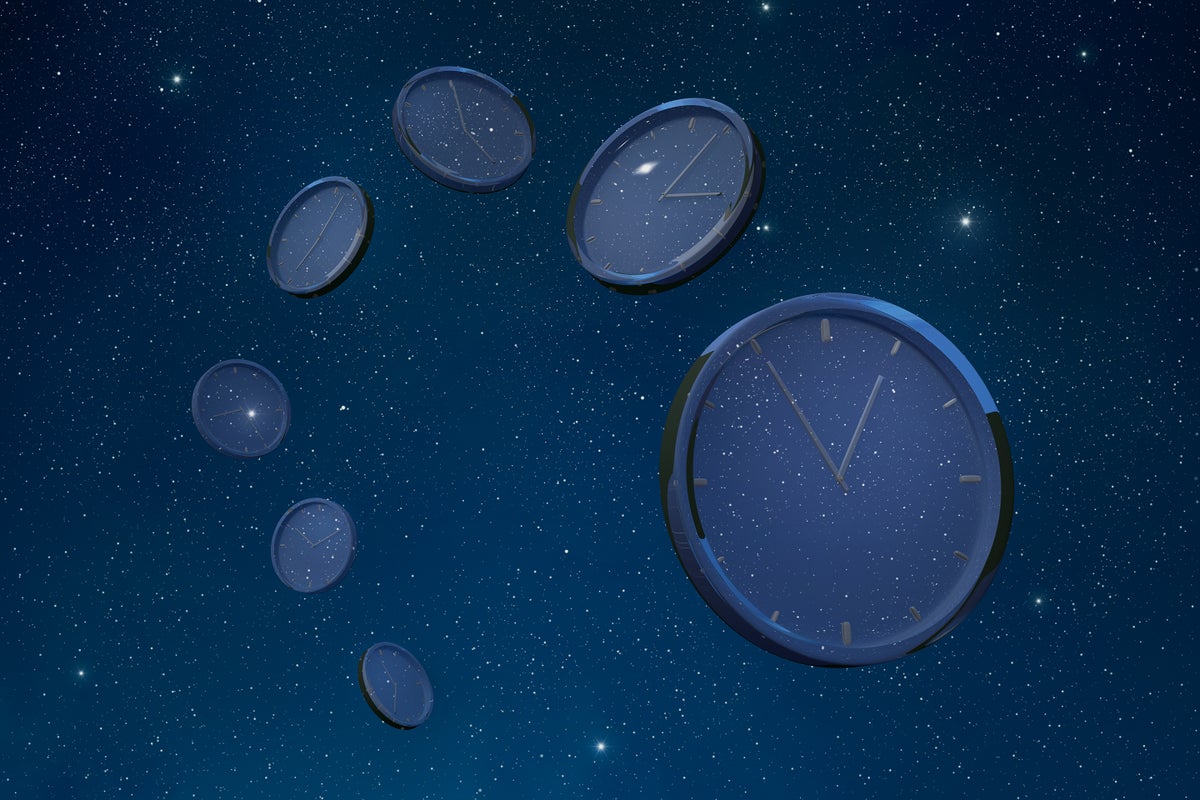
Alternate Timelines Can’t Help You, Quantum Physicists Say
As memes go, it wasn’t particularly viral. But for a couple of hours on the morning of November 6, the term “darkest timeline” trended in Google searches, and several physicists posted musings on social media about whether we were actually in it. All the probabilities expressed in opinion polls and prediction markets had collapsed into a single definite outcome, and history went from “what might be” to “that just happened.” The two sides in this hyperpolarized U.S. presidential election had agreed on practically nothing—save for their shared belief that its outcome would be a fateful choice between two diverging trajectories for our world.
That raises rather obvious (but perhaps pointless) questions: Could a “darkest timeline” (or any other “timeline,” for that matter) be real? Somewhere out there in the great beyond, might there be a parallel world in which Kamala Harris electorally triumphed instead?
It turns out that, outside of fostering escapist sociopolitical fantasies and putting a scientific gloss on the genre of counterfactual history, the notion of alternate timelines is in fact something physicists take very seriously. The concept most famously appears in quantum mechanics, which predicts a multiplicity of outcomes—cats that are both alive and dead and all that. If a particle of light—a photon—strikes a mirror that is only partially silvered, the particle can, in a sense, both pass through and reflect off that surface—two mutually exclusive outcomes, known in physics parlance as a superposition. Only one of those possibilities will manifest itself when an observation is made, but until then, the particle juggles both possibilities simultaneously. That’s what the mathematics says—and what experiments confirm. For instance, you can create a superposition and then uncreate it by directing the light onto a second partially silvered mirror. That wouldn’t be possible unless both possibilities remained in play. Although this feature is usually framed in terms of subatomic particles, it is thought to be ubiquitous across all scales in the universe.



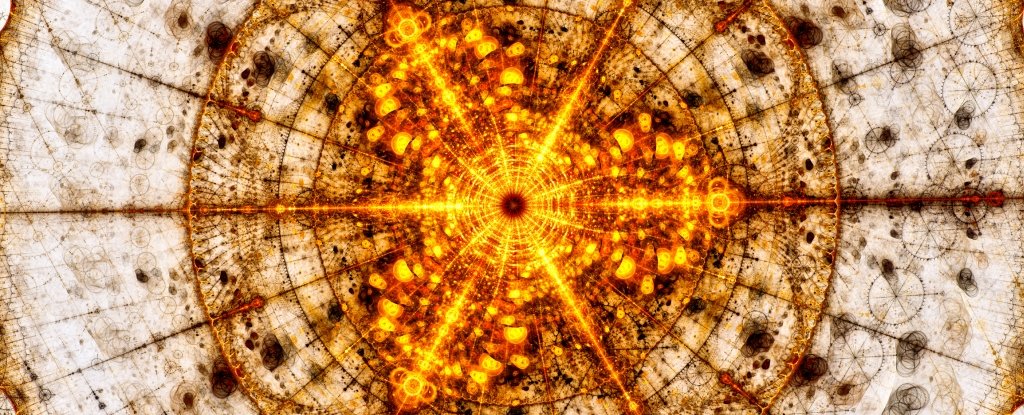
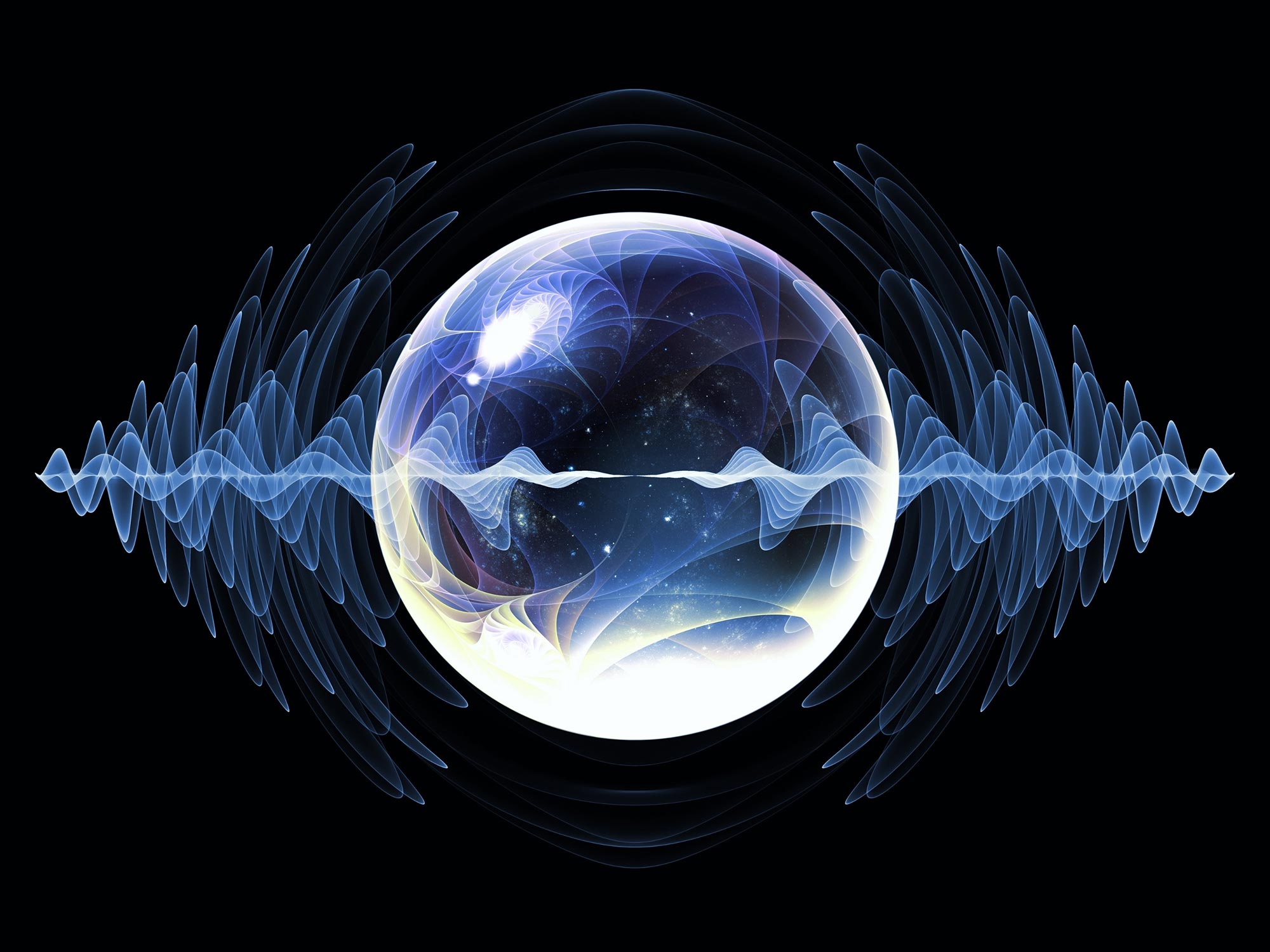
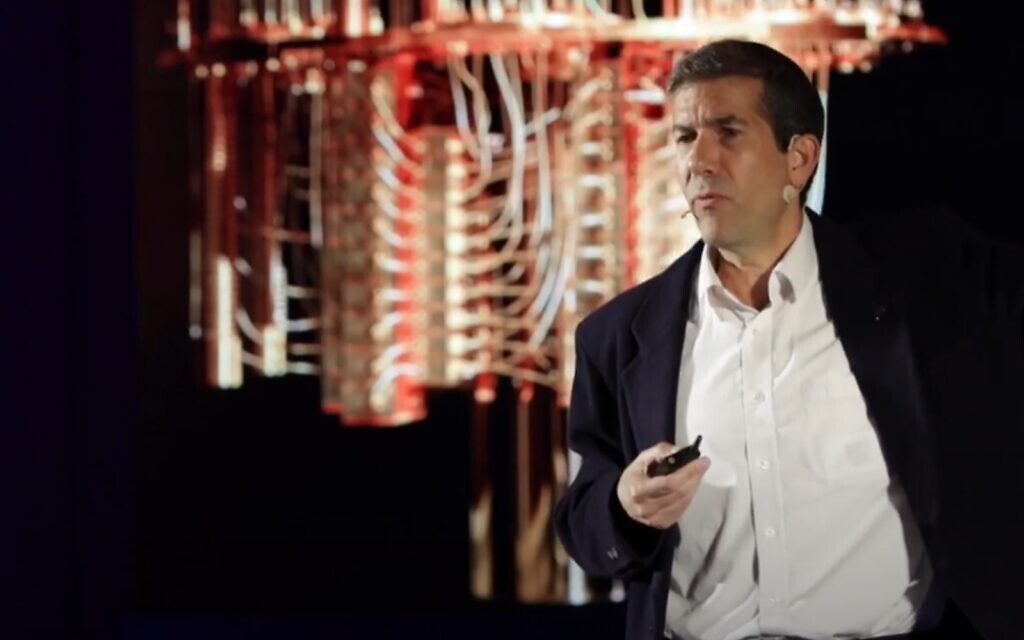




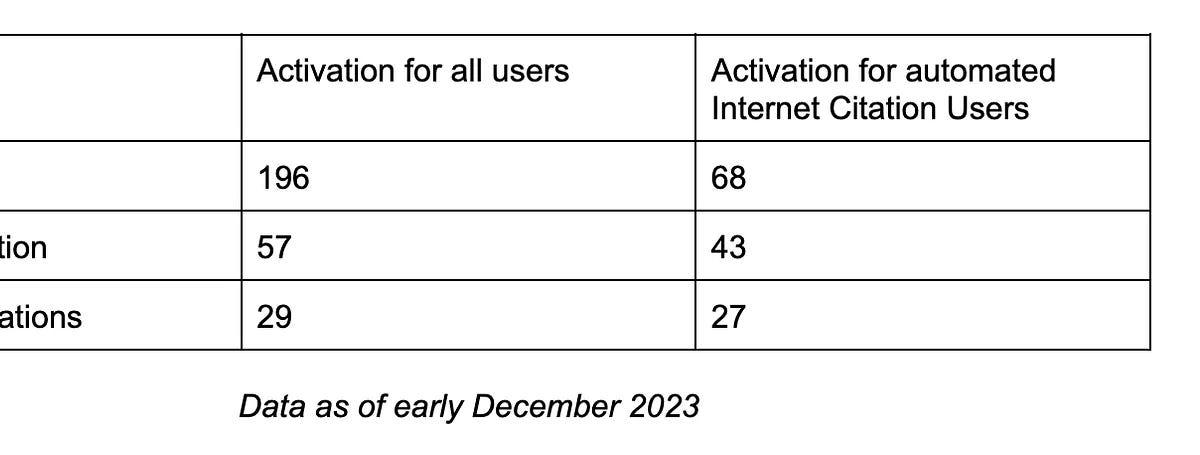



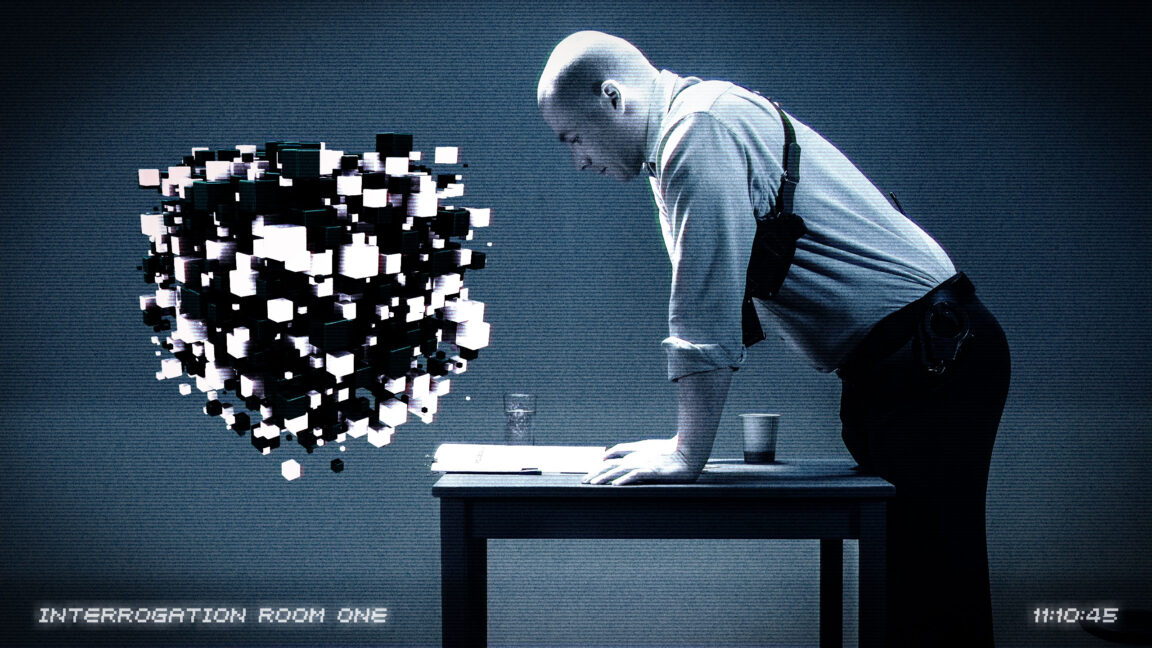
/cdn.vox-cdn.com/uploads/chorus_asset/file/24016886/STK093_Google_03.jpg)



